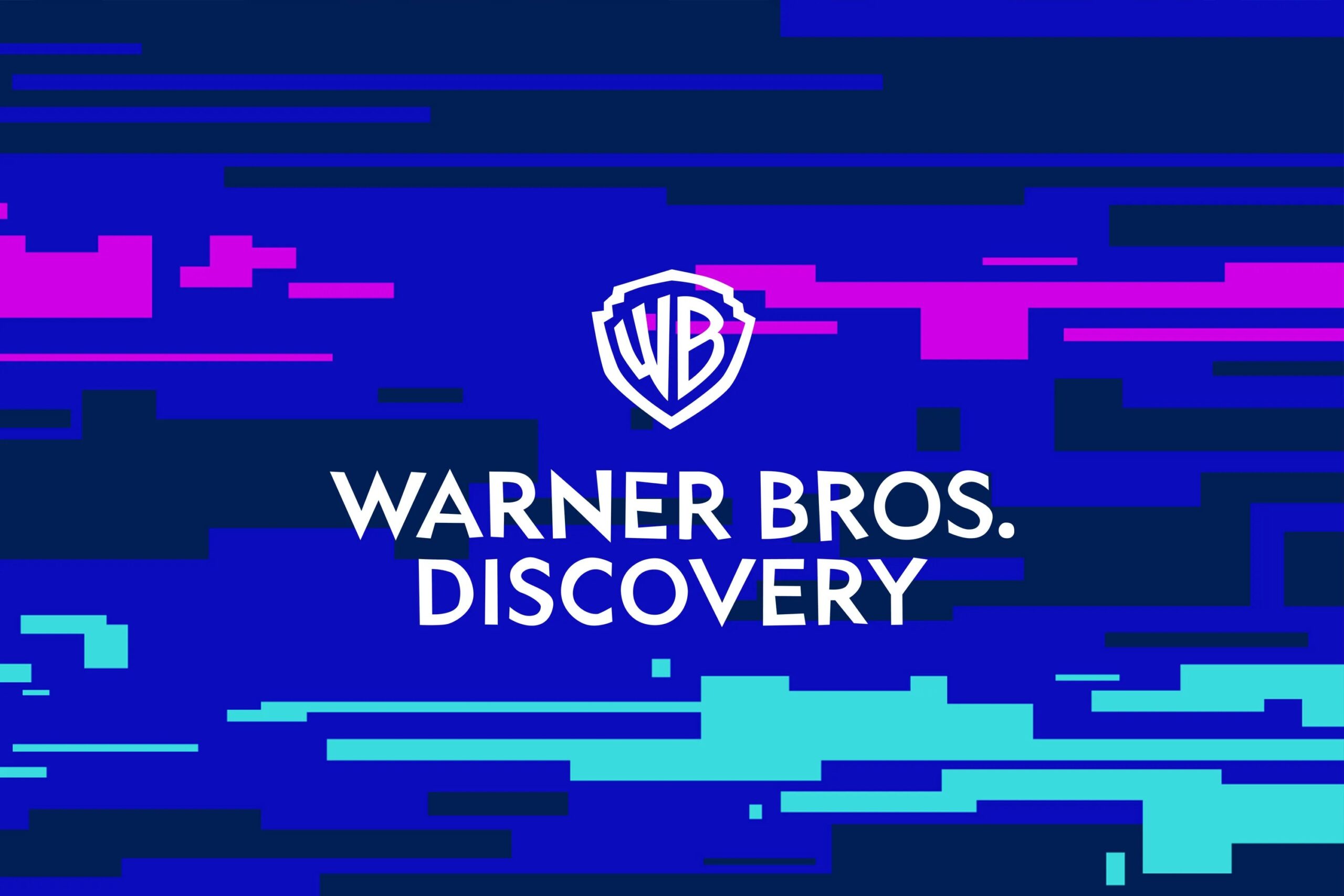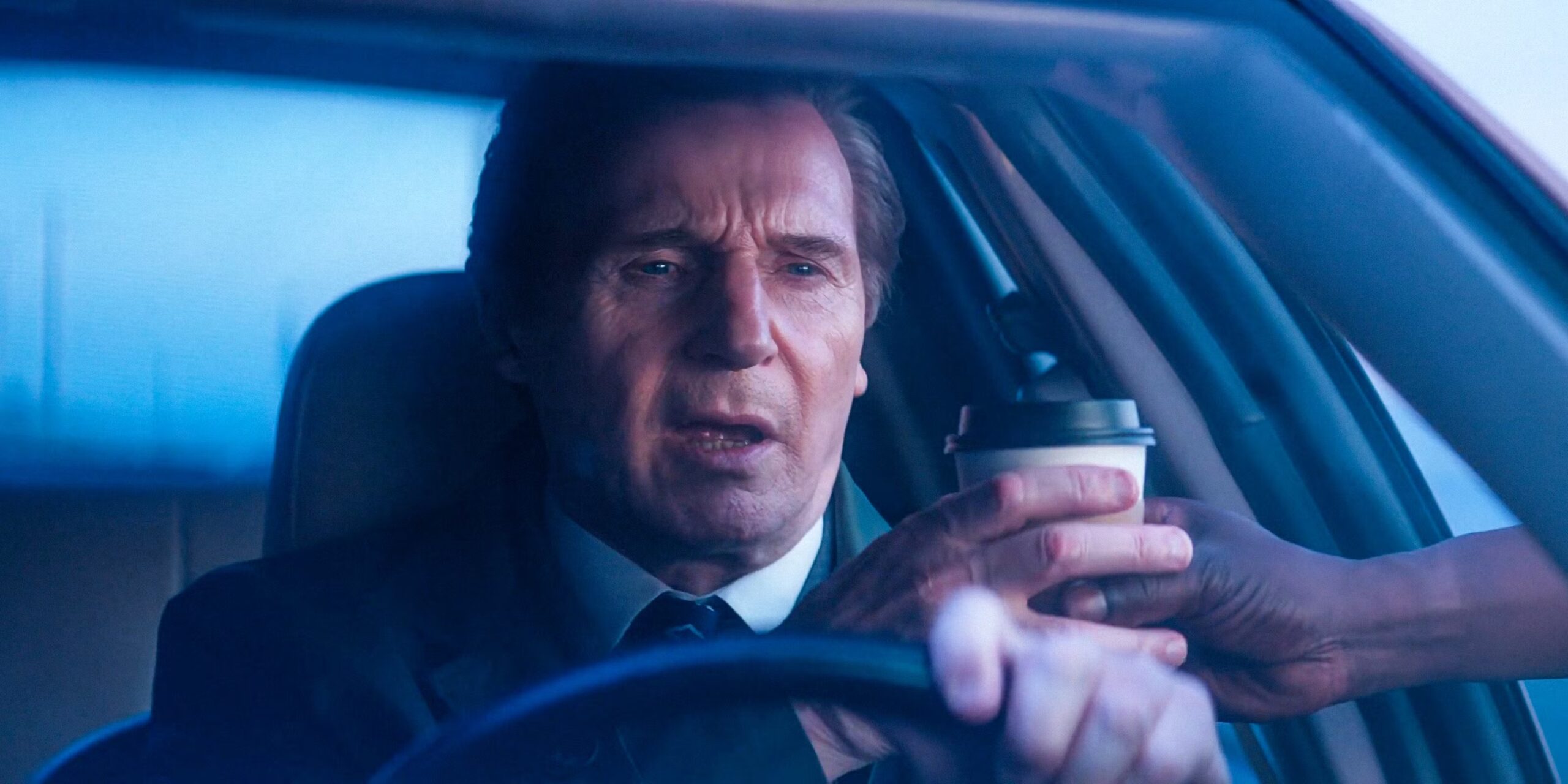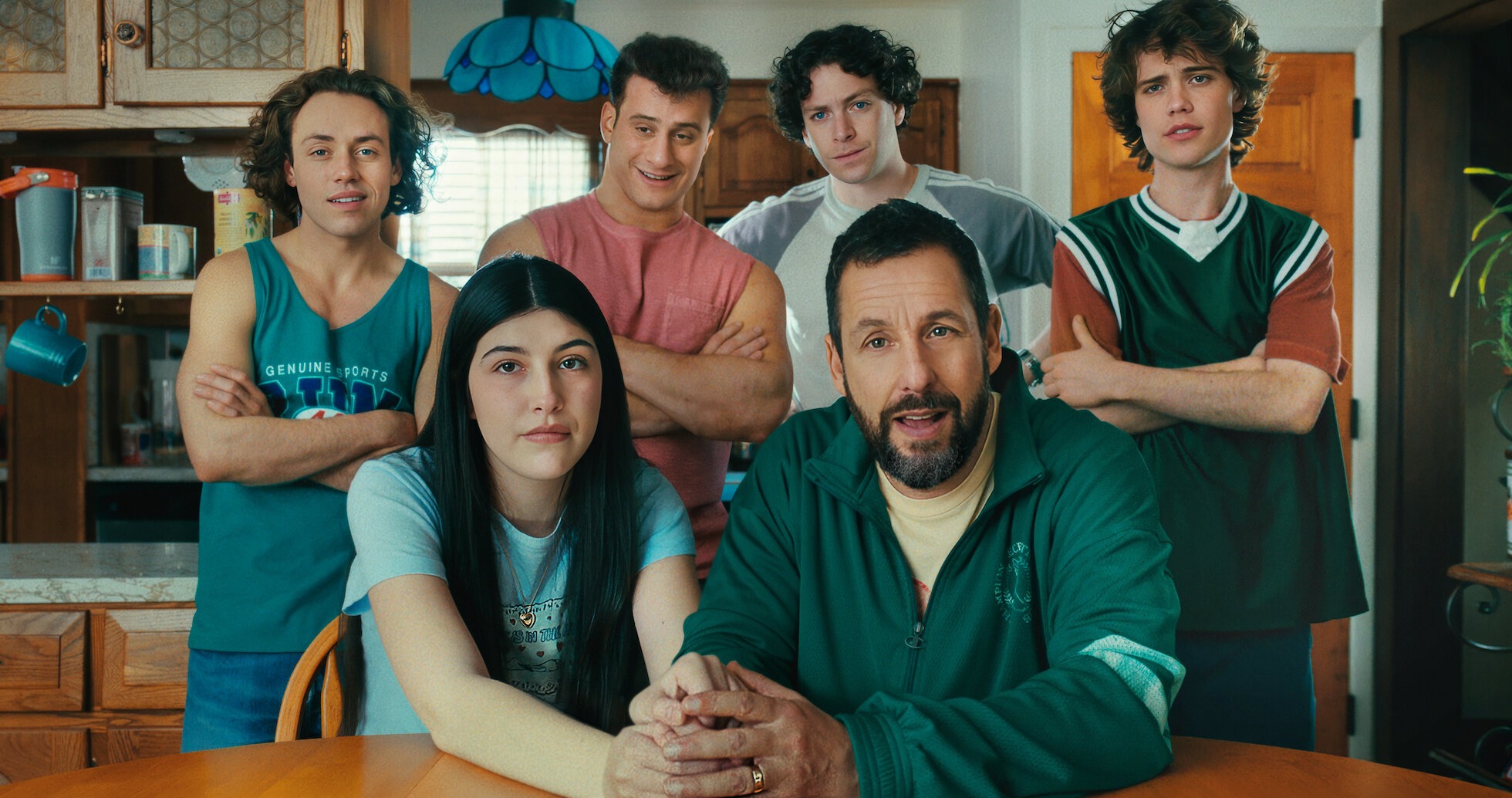When Warner Bros. Discovery (WBD) jolted the industry by re-attaching “HBO” to its flagship streamer in May 2025, social feeds exploded with jokes about the reason behind Max rebrand.
Had the year-old “Max” experiment failed?

Was nostalgia winning over strategy? According to CFO Gunnar Wiedenfels, the move is neither a retreat nor a nostalgia play.
Instead, the reason behind Max rebrand is a hard-nosed bet that quality beats quantity in a saturated streaming market — and it may foreshadow an even bigger shake-up inside WBD.
From “Everything for Everyone” to “Better Is Better”
Back in 2023, when HBO Max dropped its prestige initials to become plain Max, executives pitched the change as a way to highlight Discovery’s lifestyle hits alongside Succession and The Last of Us. Wiedenfels now concedes that pitch misread consumer sentiment. Speaking at the MoffettNathanson conference, he declared that “the market has spoken” and that the reason behind Max rebrand is simple: Viewers reward distinctive brands, not bloated catalogs.
“There was a lot of everything-for-everyone in the market,” he said. “We’re moving from more-is-better to better-is-better.”
By restoring HBO to the logo and to the app interface, WBD hopes to remind subscribers—and Wall Street—that its killer asset is curated, premium storytelling. Internal data reportedly shows that HBO titles drive the bulk of engagement and customer retention.
Discovery fare still matters, but it can no longer blur HBO’s identity.
User-Experience 2.0
The relaunch is not just cosmetic. A summer app update will combine Max’s rebuilt 2023 tech stack with HBO Max’s celebrated UX touches—think skip-intro buttons tuned to theme songs and episode previews that don’t auto-spoil finales.
For Wiedenfels, the tech investment is the second reason behind Max rebrand: you can’t champion quality while frustrating users.
Early beta testers report faster load times and smarter personalization that separates prestige drama from reality-TV binges. As Wiedenfels put it, “Quality needs a showcase. You don’t frame a Picasso in plastic.”
Calming Franchise Fatigue
Another quiet reason behind Max rebrand is franchise management. Since the merger, WBD has leaned heavily on DC, Game of Thrones and Harry Potter announcements. Analysts say that stuffing diverse IP under a single Max umbrella blurred marketing messages.
By letting HBO once again take point on premium series, executives can segment campaigns: HBO handles scripted drama, Discovery pushes unscripted comfort food, and Warner Bros. Pictures feeds theatrical-to-streaming windows.
Preparing for a Possible Split
The timing invites speculation. CNBC recently reported that WBD is “moving toward” a corporate split that would pair the Warner Bros. studio with HBO Max and spin Discovery’s cable networks into a separate company.
If that happens, the reason behind Max rebrand becomes strategic housekeeping: clarify which assets belong together before the next M&A wave.
Wiedenfels wouldn’t confirm a timeline but admitted that the current share price “is not reflecting the underlying value of our company.”
Analysts read that as code for structural change. Rebranding Max to highlight HBO makes the streaming-studio bundle more attractive to potential partners—or to investors if WBD pursues a partial IPO of its entertainment crown jewels.
Financial Fallout and Subscriber Math
Will the gambit pay off? On launch day, HBO Max’s social mentions tripled versus the Max debut a year earlier. Yet brand research firm Kantar warns that constant renaming risks consumer confusion. Wiedenfels counters that the reason behind Max rebrand is precisely to reduce confusion.
“People already call it HBO,” he said. Marketing will hammer home that existing Max logins, profiles and pricing stay the same.
WBD also hopes the rebrand will justify planned price increases. At $16.99 a month for the ad-free tier, HBO Max will once again sit at the premium end of the market—just where Wiedenfels wants it.
What It Means for Creators
Showrunners quietly welcome the shift. Several high-profile writers told Deadline they worried new pitches would drown in a reality-heavy Max queue.
The revived HBO banner reassures them that the network famous for “It’s not TV” still values ambitious storytelling. Industry insiders expect WBD to green-light fewer originals overall but spend more per series, mirroring rival Apple TV+’s boutique model.
The Next Episode
In the coming months, watch for three indicators of whether the reason behind Max rebrand resonates:
- Subscriber churn after the name switch and price hike.
- Critical buzz around new HBO originals like The Penguin and Dune: Prophecy.
- Corporate moves: an asset sale, a cable spin-off, or fresh talks with Comcast or Paramount.
If Wiedenfels is right, emphasizing quality today could set up WBD for a cleaner, more valuable structure tomorrow. Either way, one lesson is clear: in streaming’s identity wars, three letters—H, B and O—still carry heavyweight clout.










